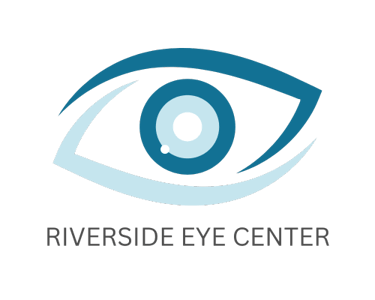
CATARACTS
Cataracts are one of the most common vision problems affecting millions of people worldwide, particularly as they age. As an eye condition that causes clouding of the natural lens in the eye, cataracts can significantly impact your ability to see clearly. At Riverside Eye Center, we specialize in diagnosing and treating cataracts to help restore your vision and improve your quality of life. In this blog post, we’ll cover the causes of cataracts, common symptoms, and the latest treatment options available to help you manage or eliminate cataracts.
What Are Cataracts?
A cataract is a condition that develops when the natural lens of your eye becomes cloudy or opaque, causing blurry or reduced vision. The lens, located behind the iris (the colored part of your eye), is responsible for focusing light onto the retina. When cataracts form, they interfere with this process, leading to vision impairment.
Cataracts are most commonly associated with aging, but they can also develop due to factors such as eye injury, certain medications, and other medical conditions like diabetes.
What Causes Cataracts?
While the primary cause of cataracts is aging, there are several factors that can increase your risk of developing this condition. Some of the most common causes and risk factors include:
Aging: As you age, the proteins in the lens begin to break down, causing the lens to become cloudy.
Genetics: Family history can play a role in the development of cataracts. If your parents or grandparents had cataracts, you may be at higher risk.
Diabetes: People with diabetes have an increased risk of developing cataracts due to the elevated levels of sugar in the blood, which can affect the lens.
Sun Exposure: Prolonged exposure to ultraviolet (UV) light from the sun can accelerate the development of cataracts. It’s important to wear sunglasses with UV protection to protect your eyes.
Smoking and Alcohol Use: Smoking and heavy drinking can contribute to the formation of cataracts due to the harmful effects of free radicals and toxins on the eyes.
Eye Injuries or Surgery: Trauma to the eye or previous eye surgery can increase the risk of developing cataracts.
Common Symptoms of Cataracts
As cataracts develop slowly over time, the symptoms may not be immediately noticeable. However, as the cloudiness in the lens worsens, you may start to experience:
Blurry or Cloudy Vision: Vision may become progressively blurred, making it difficult to see clearly, especially in low-light conditions.
Sensitivity to Light and Glare: You may experience increased sensitivity to light or glare, particularly when driving at night or looking at bright lights.
Double Vision: Cataracts can cause double vision in one eye, making it harder to focus on objects clearly.
Fading or Yellowing of Colors: Colors may appear less vibrant or take on a yellowish tint due to the clouding of the lens.
Difficulty with Night Vision: People with cataracts often find it harder to see well at night, especially while driving.
Frequent Changes in Prescription: If you find yourself needing new prescription glasses frequently, it could be a sign of developing cataracts.
How Cataracts Are Diagnosed
To diagnose cataracts, your ophthalmologist will perform a comprehensive eye exam. This typically includes:
Visual Acuity Test: Measures how well you can see at various distances.
Dilated Eye Exam: Your eye doctor will use special drops to widen your pupils, allowing them to examine the lens and retina for signs of cataracts.
Slit-Lamp Examination: A microscope is used to closely inspect the front of your eye and lens for signs of cataract formation.
Tonometry: Measures the pressure inside the eye to check for any signs of glaucoma.
Treatment Options for Cataracts
The good news is that cataract surgery is one of the most common and successful surgeries performed worldwide. There are several options available to treat cataracts, depending on the severity of your condition.
Non-Surgical Treatment
In the early stages, cataracts may not significantly affect your vision. Your doctor may recommend non-surgical treatments such as stronger prescription glasses, magnifying lenses, or improved lighting to manage symptoms.Cataract Surgery
If cataracts significantly impair your vision and interfere with daily activities, cataract surgery is the most effective solution. During this procedure, the cloudy lens is removed and replaced with an artificial intraocular lens (IOL) to restore clear vision. The surgery is typically performed as an outpatient procedure under local anesthesia, and most patients experience improved vision within a few days.Some types of intraocular lenses (IOLs) include:
Monofocal IOLs: Correct vision for one distance, typically used for reading or distance vision.
Multifocal IOLs: Offer clear vision at multiple distances, reducing the need for glasses.
Toric IOLs: Designed for individuals with astigmatism, toric IOLs provide clear vision at distance, but glasses are typically required for reading.
Why Choose Cataract Surgery?
Cataract surgery is known for its high success rate and is performed on millions of people every year with excellent outcomes. It can dramatically improve vision, making activities like driving, reading, and enjoying life easier.
At Riverside Eye Center, we use the latest surgical techniques and advanced IOL options to ensure the best possible outcome for our patients. We will work closely with you to determine the best treatment option based on your needs and lifestyle.
Preventing Cataracts: Tips for Eye Health
While you can’t completely prevent cataracts, there are steps you can take to slow their progression:
Wear Sunglasses: Protect your eyes from harmful UV rays by wearing sunglasses that block 100% of UVA and UVB light.
Quit Smoking: Avoid smoking, which is a significant risk factor for cataract development.
Control Diabetes: Keep your blood sugar levels under control if you have diabetes to reduce the risk of cataracts.
Eat a Healthy Diet: A diet rich in fruits, vegetables, and antioxidants can promote healthy eyes and may reduce the risk of cataracts.
Regular Eye Exams: Schedule regular eye exams to detect cataracts early and monitor your eye health.
Conclusion: Take Control of Your Vision with Cataract Treatment
If you’re experiencing symptoms of cataracts or have been diagnosed with the condition, don’t wait to seek treatment. With modern cataract surgery options, you can regain clear vision and improve your quality of life. Schedule a consultation at Riverside Eye Center today to learn more about how we can help you with cataract treatment and restore your vision.
Call us now or book an appointment online to take the first step toward clearer vision and a brighter future!
Understanding Cataracts:
Causes, Symptoms, and Treatment Options
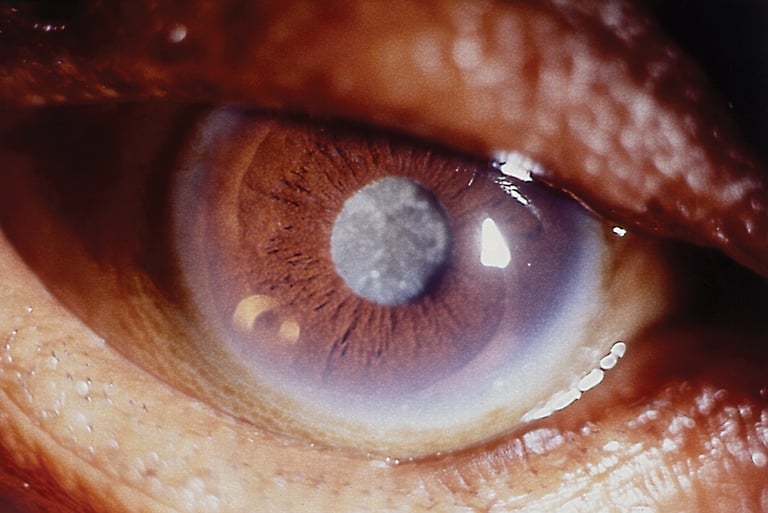

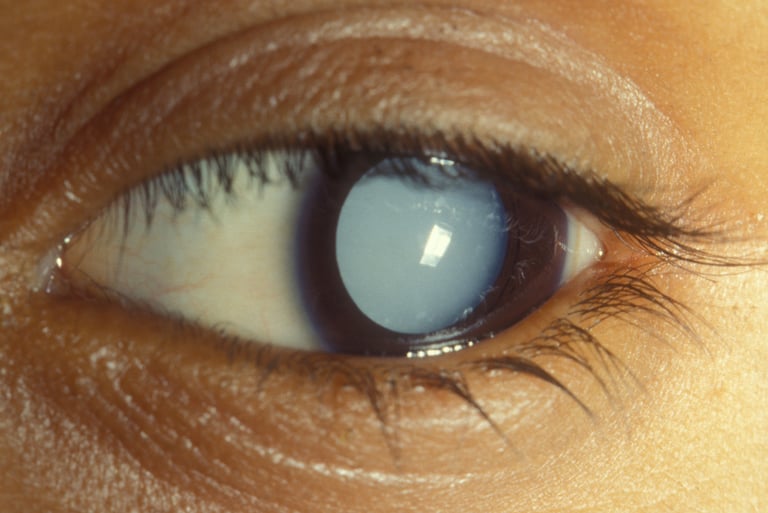

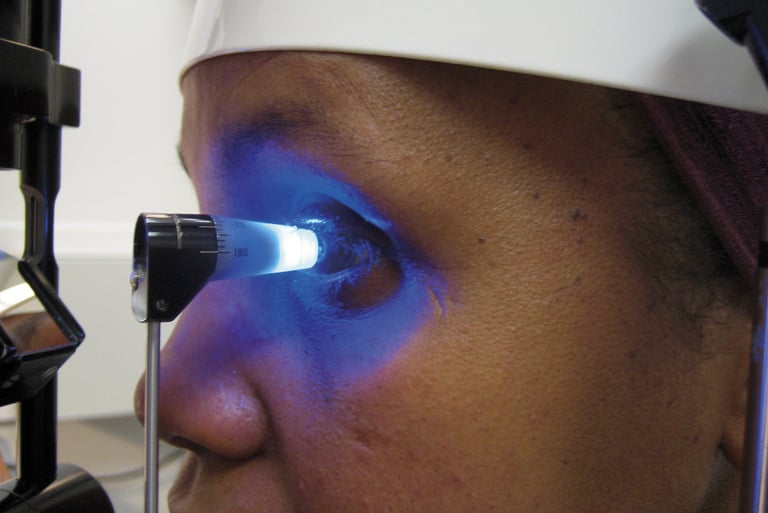

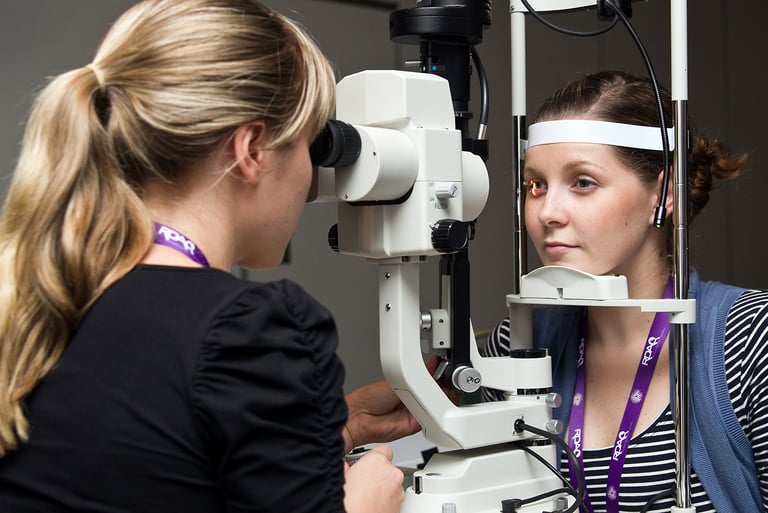

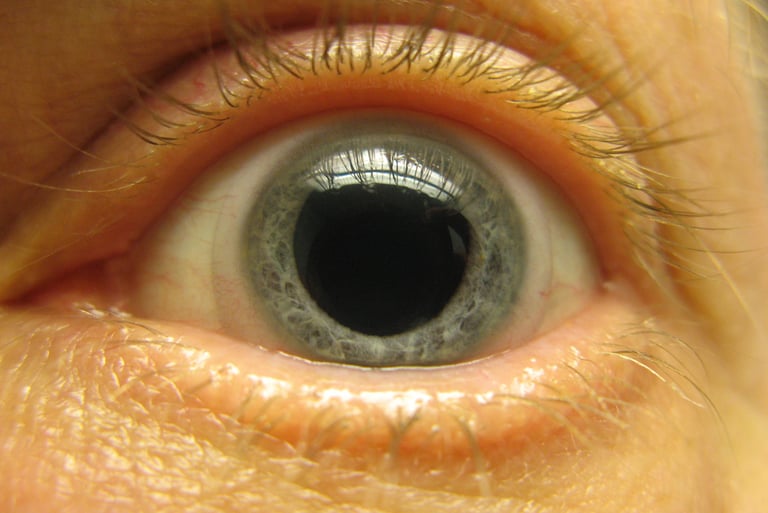

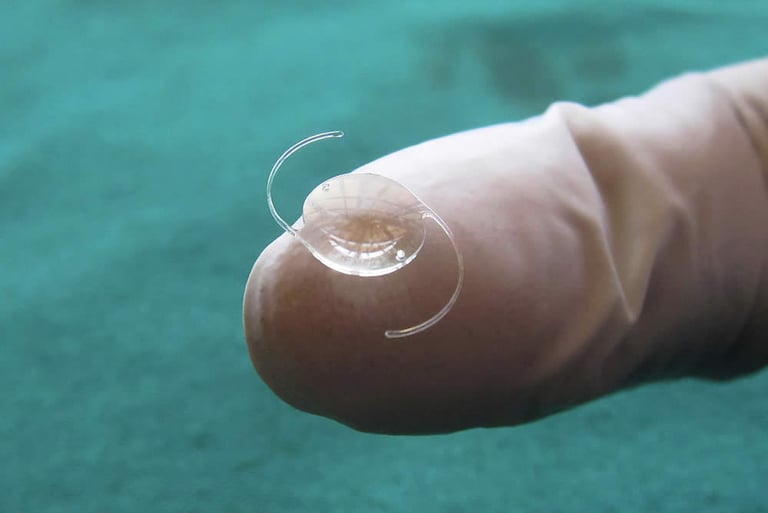

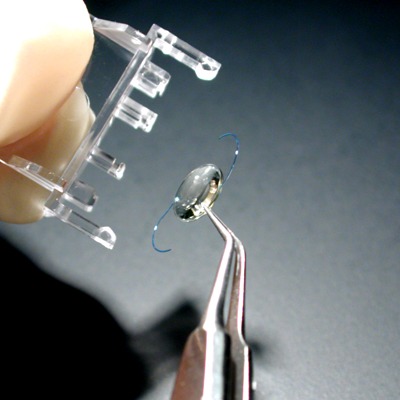









© 2025. All rights reserved.
